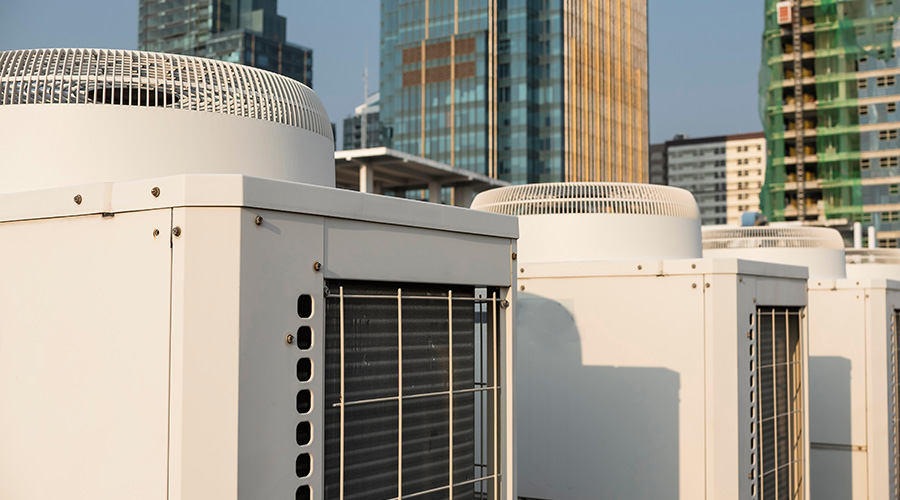Companies Such As Walgreens, GM Are Among Top Solar Energy Producers
As the cost of solar power comes down and incentives to install systems continue to pop up, a facility that decides to put a photovoltaic panel array on the roof is no longer a pioneer. Companies as diverse as Walgreens and GM are among the top solar energy producers, according to a recent report from the Solar Energy Industry Association. That report says that the top 20 corporate solar users' installations generate more than $47 million worth of electricity each year from 700 individual systems in 25 states. The figures are growing, and the goals are becoming more ambitious.
Ikea spokesman Joseph Roth says that his company aims to be energy-independent by 2020, generating as much energy as it consumes. Out of the furniture chain's 44 facilities in the United States, 39 will have solar panels by the end of 2013. The company's first experiment with solar was in 2010 in Arizona, and expansion proceeded rapidly. "If you didn't know better, you'd think it would be a very complicated process," Roth said. "It could not have been more straightforward. The technology has come so far, so fast."
Deciding when a new solar installation makes financial sense can be complicated. But Rob Threlkeld, manager of renewable energy at General Motors, has a financial model and a spreadsheet in which he can plug in changing variables such as rates and incentives. "There's a lot you can do to quickly assess if it makes sense to put it in."
Situations can change quickly; a state may announce a new incentive to raise its quotient of green power, and once the goal is met, the incentive may end. Since facility managers and company executives do not have the time or expertise to track those offers, many rely on a solar panel supplier to keep them apprised of current offers. "It's always good to have a project ready to go" when an incentive becomes available, says Paul Viccaro, FedEx's director of facilities and materials handling engineering. But he admits, "That's very difficult to do. Our core business isn't putting solar panels up."
In the past decade, the cost of solar energy has been more than halved, Threlkeld says, and in Hawaii and California it has reached parity with other energy sources. In those states, he says, "incentives are not a big factor anymore. Electricity rates are."
"We try and follow the money around the United States," Viccaro says. FedEx's two biggest solar facilities are in New Jersey, which is "not where you'd first think about putting it," but the utility company has a good incentive program. Although FedEx has a building in every U.S. city of any size, it prefers to put in only solar arrays that can generate at least a megawatt, which amounts to a facility of 500,000 square feet.
To install solar more widely, Viccaro said, the cost of panels must continue to drop, and FedEx would need to see "a commensurate rise in utilities' power rate. There's going to be a point where those two curves cross and it's sustainable."
"There are many states where power prices are going to have to come up considerably and solar prices are going to have to come down considerably," says Mike Colwell, Walgreens' manager of energy and utilities, but the company continues to look for opportunities. It has an in-house incentive team that looks for tax breaks and other helpful programs as well as utility opportunities.
Related Topics:














